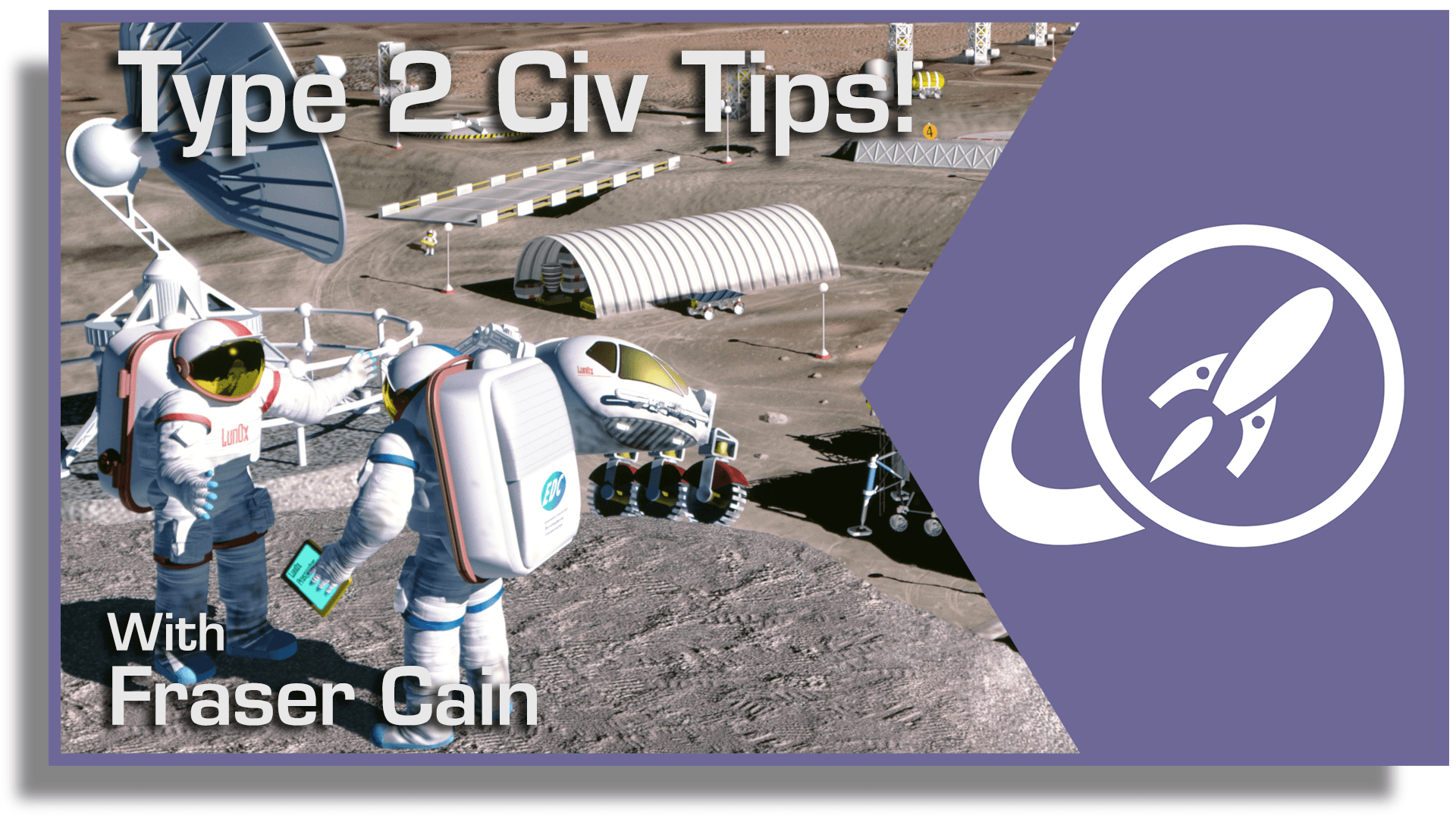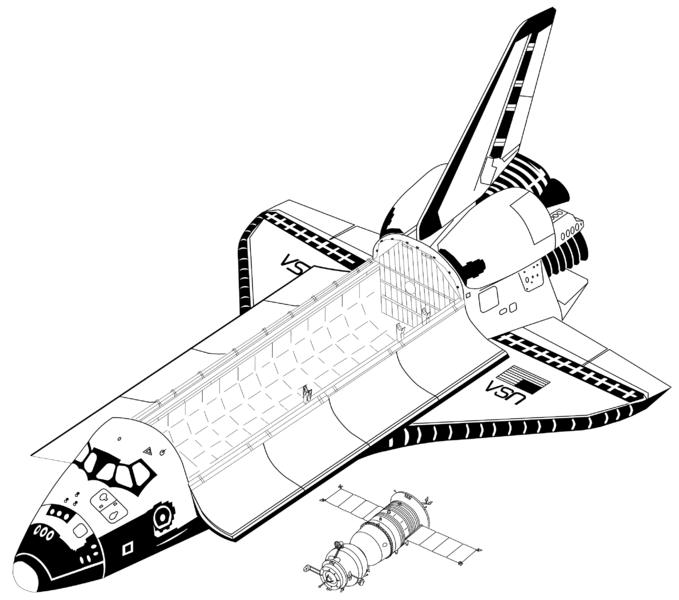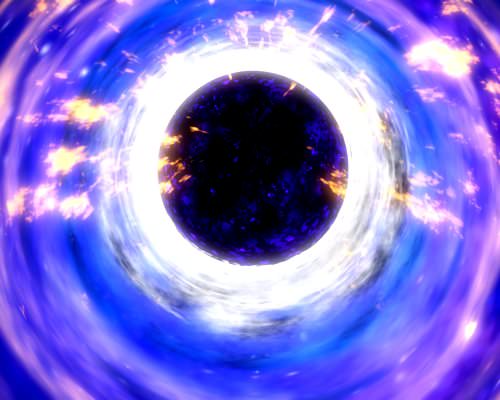[/caption]
When a vehicle or robot is designed to leave the Earth’s atmosphere and travel through space, we call that a spacecraft. There are many different kinds of spacecraft, such as satellites orbiting the Earth, robots sent to other planets, orbiting space stations, and vehicles sent to the Moon carrying human astronauts.
The harsh environment of space is hard on spacecraft, so they have to be built to tolerate temperature extremes that dip down hundreds of degrees below zero, and then hot enough to boil water. There’s no atmospheric pressure in space, so any spacecraft carrying humans needs a rigid shell that keeps its atmosphere inside. There is a constant stream of radiation from the Sun and outside the Solar System constantly raining down on a spacecraft, damaging components and raising the cancer risk for any human astronauts.
Spacecraft also need components to be able to travel in space. They require a form of propulsion that allows them to change their trajectory. These can range from traditional chemical rockets to the newer ion drives and even nuclear engines. Spacecraft need some kind of power system, solar panel arrays or nuclear generators. They need a communications system to send and receive signals from Earth. They require an attitude control system, to keep their instruments pointed in the right directions. And finally, they need the specific components to carry out their mission. In the case of the Apollo capsules, these spacecrafts’ mission was to carry NASA astronauts to and from the Moon safely. These means they needed life support systems, navigation computers, and landing equipment. A spacecraft designed to orbit Jupiter will require different components to a spacecraft designed to land on the surface of Venus.
The first spacecraft – the first object to ever leave the Earth’s atmosphere and orbit the planet – was the Soviet satellite Sputnik 1. It launched on October 4th, 1957. The space age began, and many other spacecraft launches followed. The first human to orbit the Earth was Yuri Gagarin, who was carried to space aboard a Soviet rocket on April 12, 1961. The first spacecraft to travel to the Moon was Luna-2, which crashed into the Moon on September 12, 1959. The first spacecraft to safely carry humans to the surface of the Moon was the Apollo 11 mission, which landed on July 20, 1969.
We have written many articles about the spacecraft for Universe Today. Here’s an article about spacecraft propulsion, and here’s an article about the manned spacecraft of China.
If you’d like more information on spacecrafts, here’s a link to NASA’s Official space shuttle page, and here’s the homepage for NASA’s Human Spaceflight.
We’ve recorded an episode of Astronomy Cast all about the space shuttle. Listen here, Episode 127: The US Space Shuttle.
Source: Wikipedia




